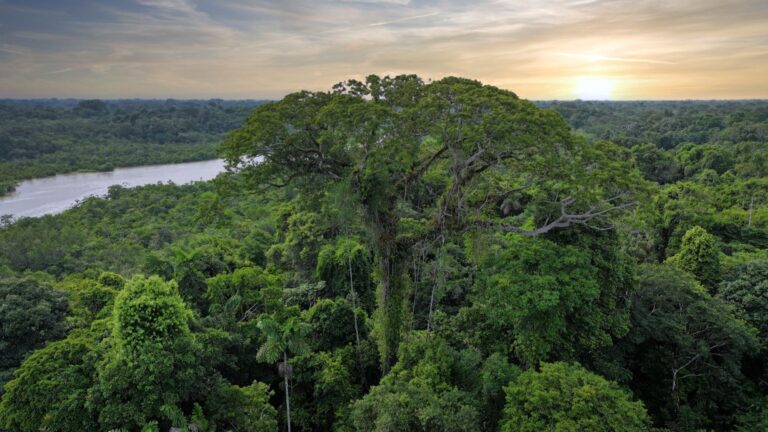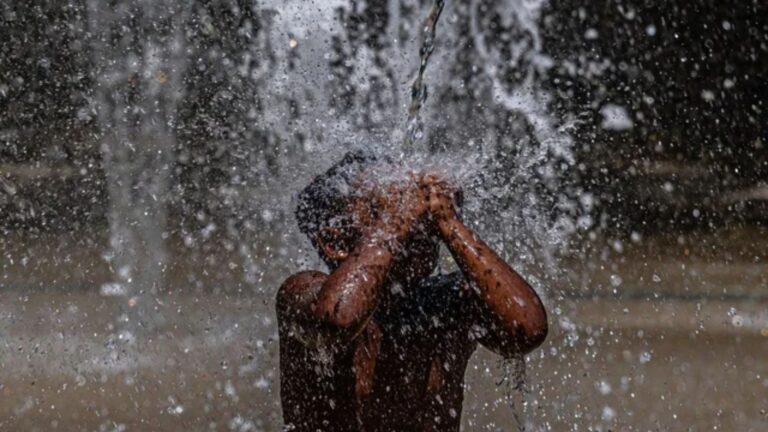
As climate change intensifies, restoring Kochi’s waterways is more urgent than ever to protect its 600,000 residents from rising floods. (Photo Source: UNEP)
Kochi, famously known as the “Queen of the Arabian Sea,” was once a city deeply connected to its waterways. A vast network of rivers, canals, and creeks provided transportation, clean water, and a natural drainage system. However, rapid and often unplanned urbanization has led to encroachments, pollution, and stagnation, turning these lifelines into liabilities.
The degradation of Kochi’s waterways has been further worsened by climate change. Rising sea levels, extreme rainfall, and tidal surges have made the city more vulnerable to flooding. With a population of approximately 600,000, the need for sustainable solutions has become urgent.
A Bold Step Towards Restoration
In response to this crisis, the Kochi Municipal Corporation, with support from the United Nations Environment Programme (UNEP), has launched an ambitious project to restore the city’s canals. This initiative is part of UNEP’s Generation Restoration Cities program, aimed at implementing nature-based solutions to urban environmental challenges.
“Kochi’s stagnant, lifeless canals embody the three big environmental crises of our age: climate change, nature loss, and pollution,” says Mirey Atallah, Chief of UNEP’s Adaptation and Resilience Branch. “Reviving them will give the city a better future.”
The TP Canal: A Starting Point
The Thevara-Perandoor Canal (TP Canal), stretching 10 kilometers through the city, has been chosen as the first focus of the restoration effort. In the past, discussions on reviving the canal faced challenges due to a lack of public and political support. However, with increasing awareness of climate-related risks, authorities are determined to take action.
Rejuvenating the TP Canal will not only help control flooding but also create green corridors to combat rising temperatures. To engage the community, the project has organized photo contests, student competitions, and exhibitions to remind residents of the canal’s lost glory.
Public Support and Future Plans
Experts, hydrologists, and urban planners have been consulted to develop a phased restoration plan. The initial steps include pollution control, dredging, and waste management. The long-term goal is to restore the canal’s original width, which has shrunk significantly due to encroachments.
Senior residents recall a time when the canal was a source of clean water, bustling with traditional boats and abundant fish. “People now realize that the state of the canals directly affects life in the city,” says Rajan Chedambath, Director of the Centre for Heritage, Environment and Development.
A Global Movement for Waterway Restoration
Kochi is not alone in this mission. Other cities worldwide are recognizing the importance of restoring their waterways. In Sirajganj, Bangladesh, the Katkhali Canal is being transformed into a green corridor, while in Kisumu, Kenya, efforts are underway to rejuvenate the Auji River.
A Hopeful Future
As Kochi takes its first steps toward restoring its waterways, the city hopes to set an example for urban centers worldwide. “The lesson Kochi can teach us is that it’s never too late to restore urban waterways,” says UNEP’s Atallah. “When we do, we make a tremendous difference in the lives of city dwellers.”
With growing public awareness and support, the dream of clean, thriving canals in Kochi may soon become a reality.






